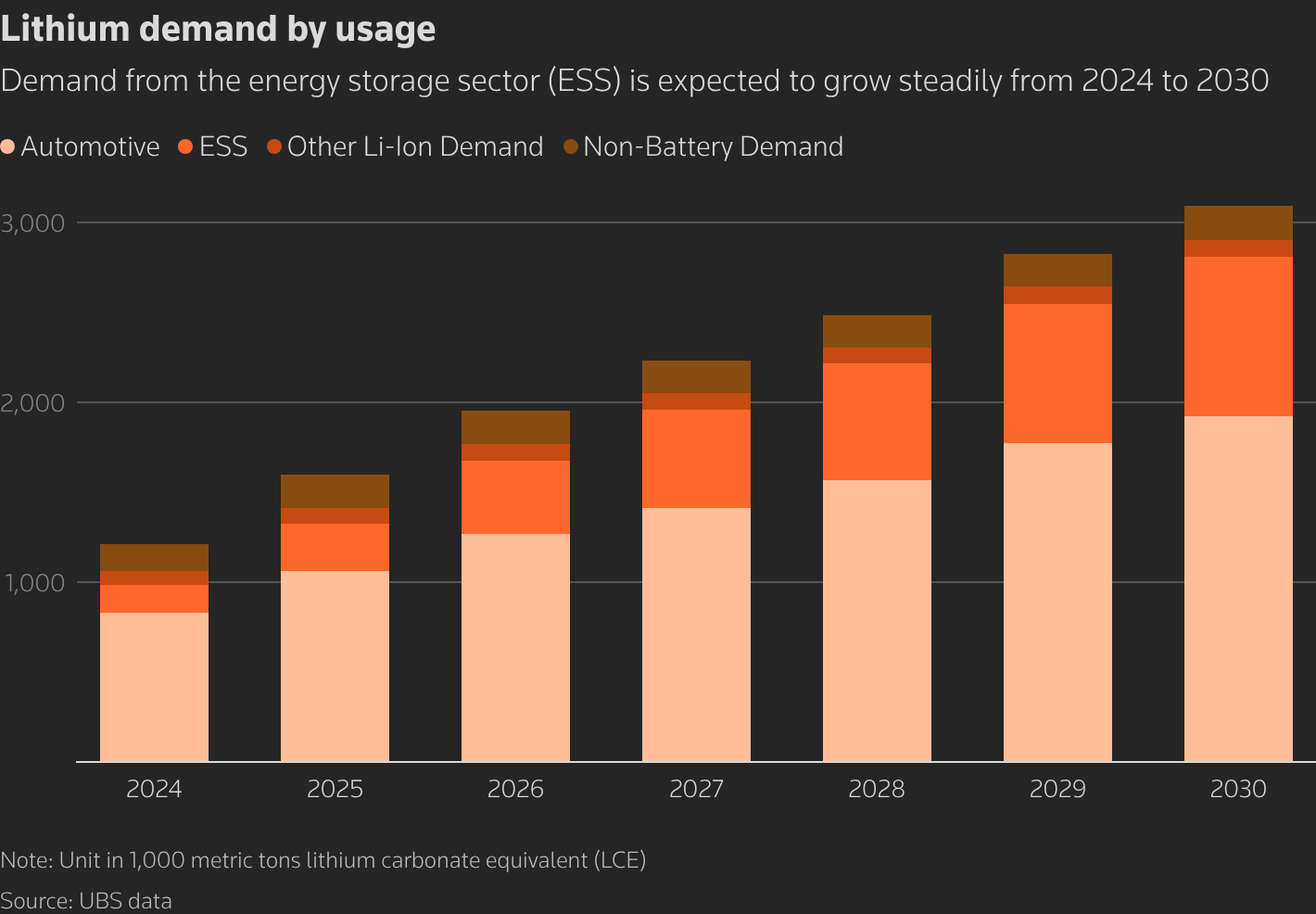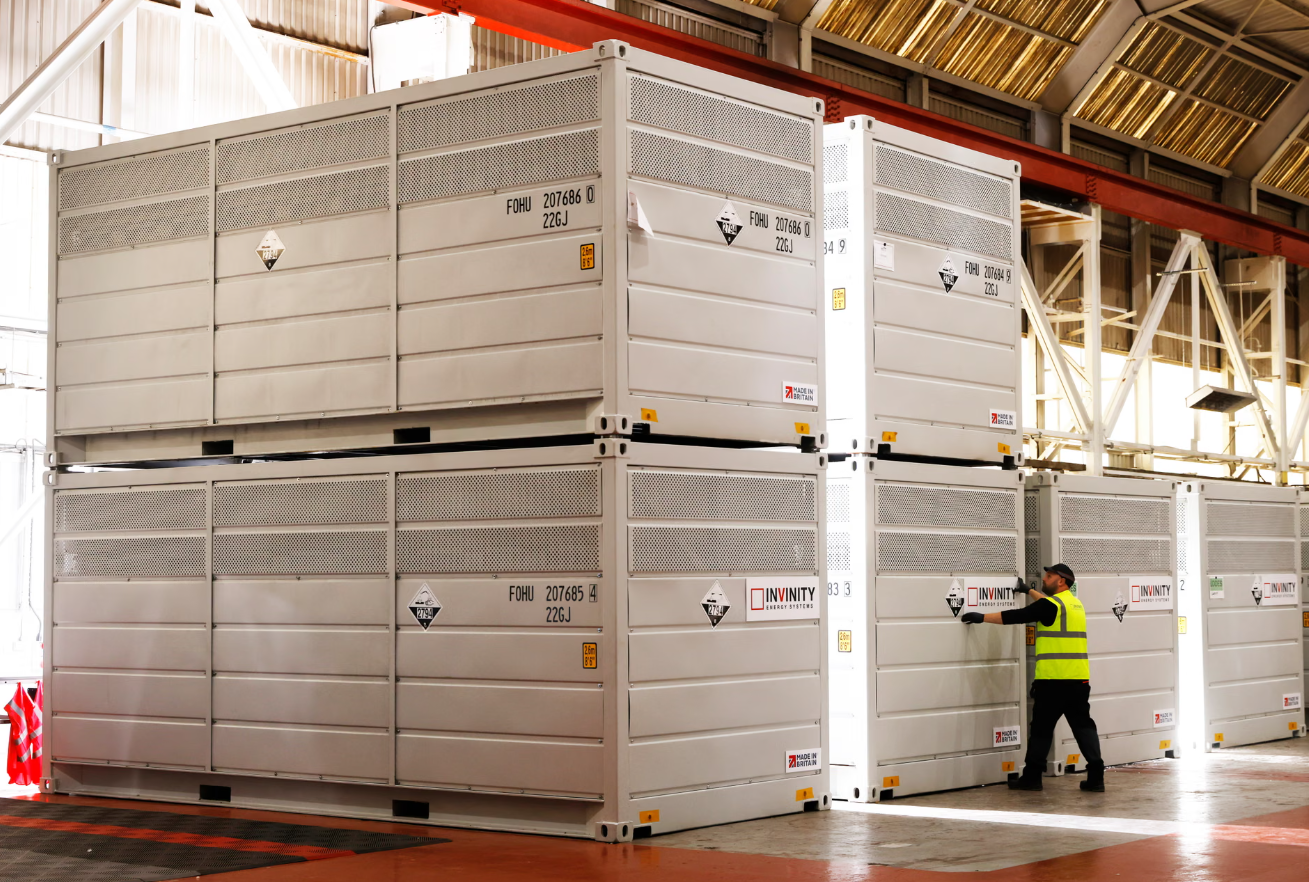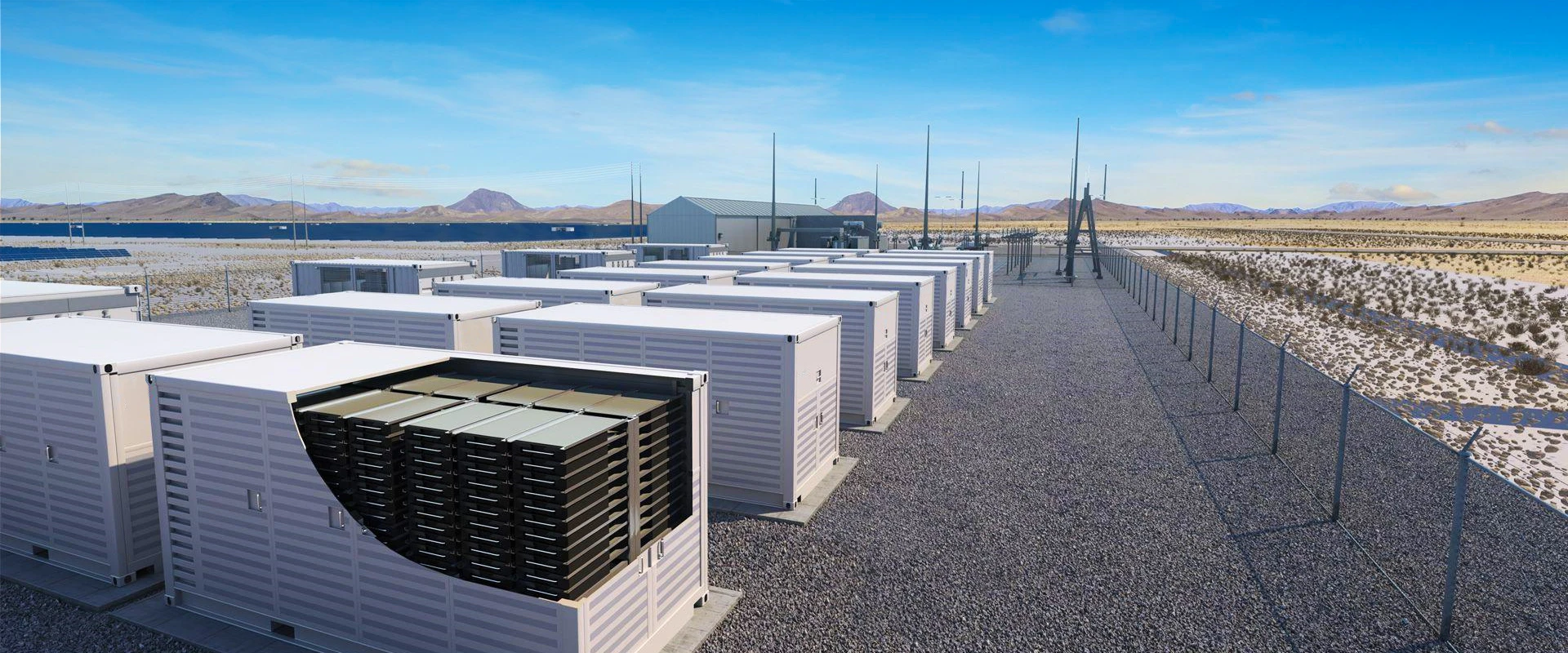You can enhance an existing solar array by incorporating solar batteries. This is a great solution to minimize the effects of power outages by ensuring continuous access to solar-generated electricity.
In most cases, solar panels are compatible with energy storage systems. However, if your solar system was initially installed without battery backup capabilities, you will need to either replace the current solar inverter or install an AC-coupled battery to enable this functionality.
Before you plan your approach for a battery retrofit project, it’s essential to consider several factors.
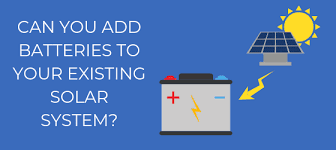
If the solar system wasn't initially configured for battery storage, there are two options: replacing the inverter or installing an AC-coupled solar battery, such as the Pytes Energy E-BOX 48100R or Panasonic Evervolt AC-coupled battery. These batteries have a built-in storage inverter, allowing them to function with both microinverters and standard string inverters.
However, in some cases, homeowners anticipated future battery integration and installed a storage-ready solar system with a hybrid inverter like the Solaredge Storedge. In these rare instances, they can pair a DC-coupled battery with their system.
It's also important to factor in the remaining lifespan of the current inverter. For instance, many string inverters last 10 to 15 years. Thus, if the inverter is already a decade old, it may be more beneficial to replace it with a hybrid inverter and opt for a DC-coupled solution.
An AC-coupled system with batteries comprises two separate inverters. One converts DC power from the solar panels into AC power, which can be used to power the house or sent back to the grid as surplus energy. The other inverter is responsible for working with the battery to store DC power.
On the other hand, a DC-coupled system integrates a hybrid inverter capable of converting current from both the solar panels and the battery. This option permits direct charging of the batteries with DC current from the solar panels. When supplying energy from the battery to the home or the grid, it can also convert DC power to AC.
Opting for an AC-coupled battery while keeping the existing inverter typically results in lower upfront costs but may be slightly less efficient. Over time, this could accumulate. If the customer prioritizes cost savings, it is likely the better choice, as they won't have the additional expense of replacing the inverter.
However, if system efficiency is a higher concern, a DC-coupled system is a favorable option. With this configuration, the solar panels can directly charge the batteries without the need for power conversion, reducing inefficiencies.
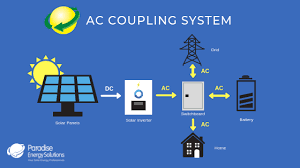
The AHJ, which is the local authority having jurisdiction, is likely to have specific permit requirements for the installation of a battery energy storage system. Additionally, updating the interconnection agreement with the local utility company may also be necessary. Therefore, it is important to consult with the AHJ before initiating the project in order to understand their specific requirements and specifications.
Properly determining the size of the battery storage capacity is crucial. Consider how the customer intends to utilize the stored energy. Some homeowners may only require emergency power during outages, while others may desire whole-house backup power.
However, it is important to note that whole-house backup can be quite expensive, particularly for homes with high-energy loads such as air conditioners, electric heating systems, or hot tubs. Because of this, most off-grid systems typically do not accommodate heavy loads, or homeowners use them sparingly.
To properly size the battery storage system, it is necessary to assess the household loads and their frequency of use. Smaller battery systems can usually handle lighter loads like refrigerators, electrical components in a furnace, some lights, a Wi-Fi router, and a few electronics, but power-intensive devices can quickly deplete their capacity.
Understanding your customers' expectations regarding the amount of electricity the batteries can provide during a power outage is crucial. It may not be feasible to run appliances such as electric water heaters, electric clothes dryers, heat pumps, air conditioners, power tools, or electric ranges without multiple batteries. Solar installers often add a critical load panel to prioritize the most essential loads.
If your customers reside in areas with time-of-use (TOU) rates and net metering, they can achieve additional savings by installing a battery and utilizing it when electricity rates are highest. In TOU rate areas, the cost of electricity is typically higher in the late afternoon and early evening, while it is lowest in the middle of the night. Similarly, electricity costs may be higher per kilowatt-hour (kWh) during the summer compared to the winter.
Apart from TOU rates, some residential customers may also have demand charges. By having solar batteries in conjunction with both demand charges and TOU rates, your customers can reduce their electricity bills by utilizing stored power during times when electricity is most expensive.
The Inflation Reduction Act has expanded the eligibility criteria for homeowners to claim a tax credit for installing a residential battery storage system with a capacity of 3 kWh or more. Now, the batteries do not necessarily have to be installed alongside a solar energy system to qualify for the 30% tax credit. Furthermore, systems installed between 2022 and 2032 are eligible for the tax credit. It is advisable for your clients to discuss their eligibility for the tax credit with a tax professional.
The addition of a battery storage system can range from $10,000 to $20,000 in cost. The expense may increase if the customer requires multiple batteries or needs to replace their existing inverter. Typically, the price for installing a single battery with a capacity of ten or 13-kWh starts at approximately $13,000.
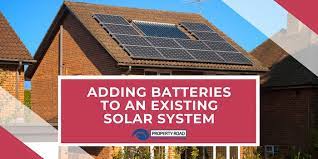
With the increase in extreme weather conditions leading to more frequent blackouts, many homeowners with solar systems are interested in adding backup energy storage. The declining prices of batteries and the availability of more incentives have made this option more appealing. However, it is crucial to carefully plan and have proper knowledge when undertaking such a project. Pytes Energy can assist installers in planning energy storage retrofits.
Feel free to contact us today to get started. Our website is www.pytesusa.com.
